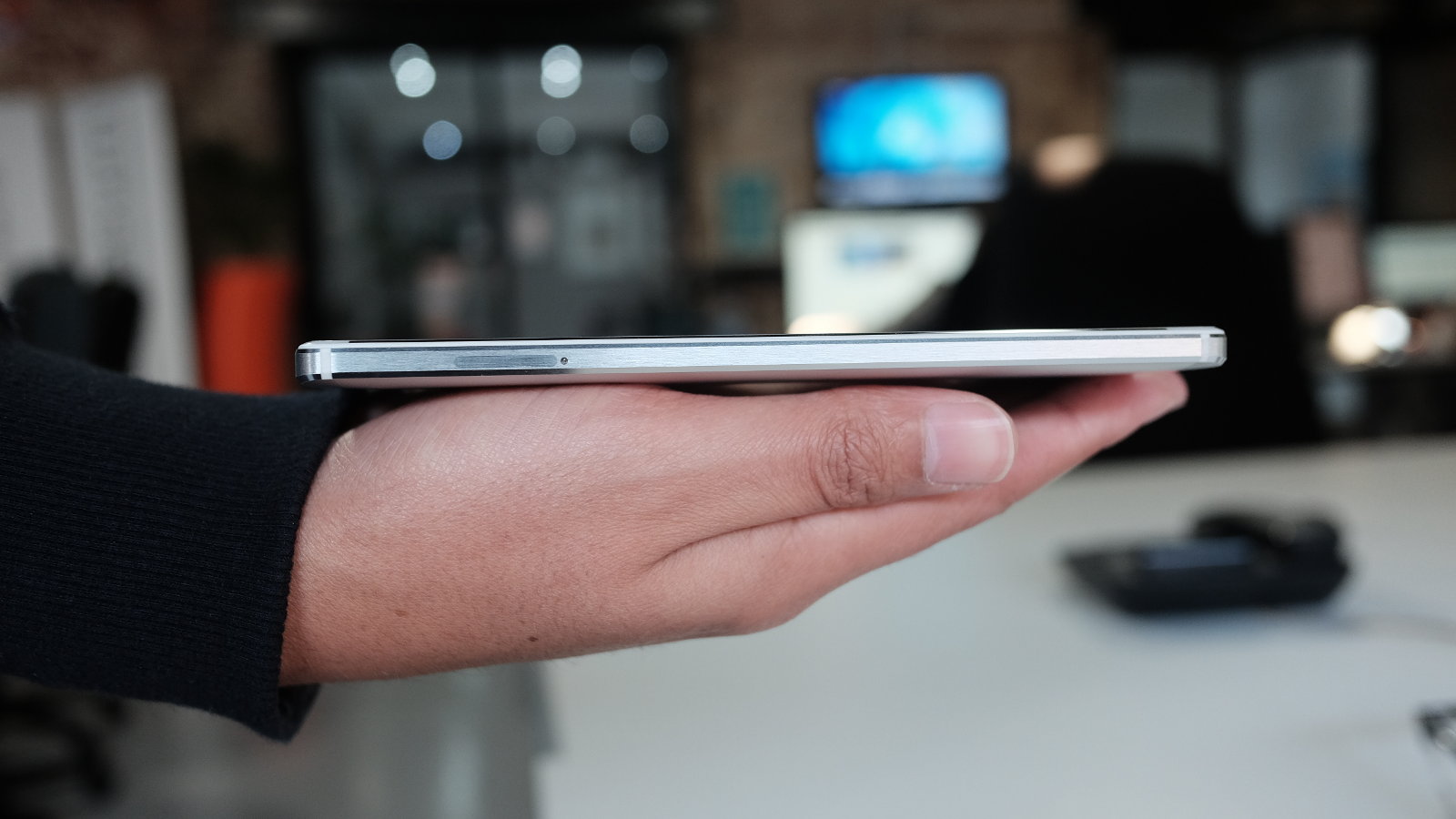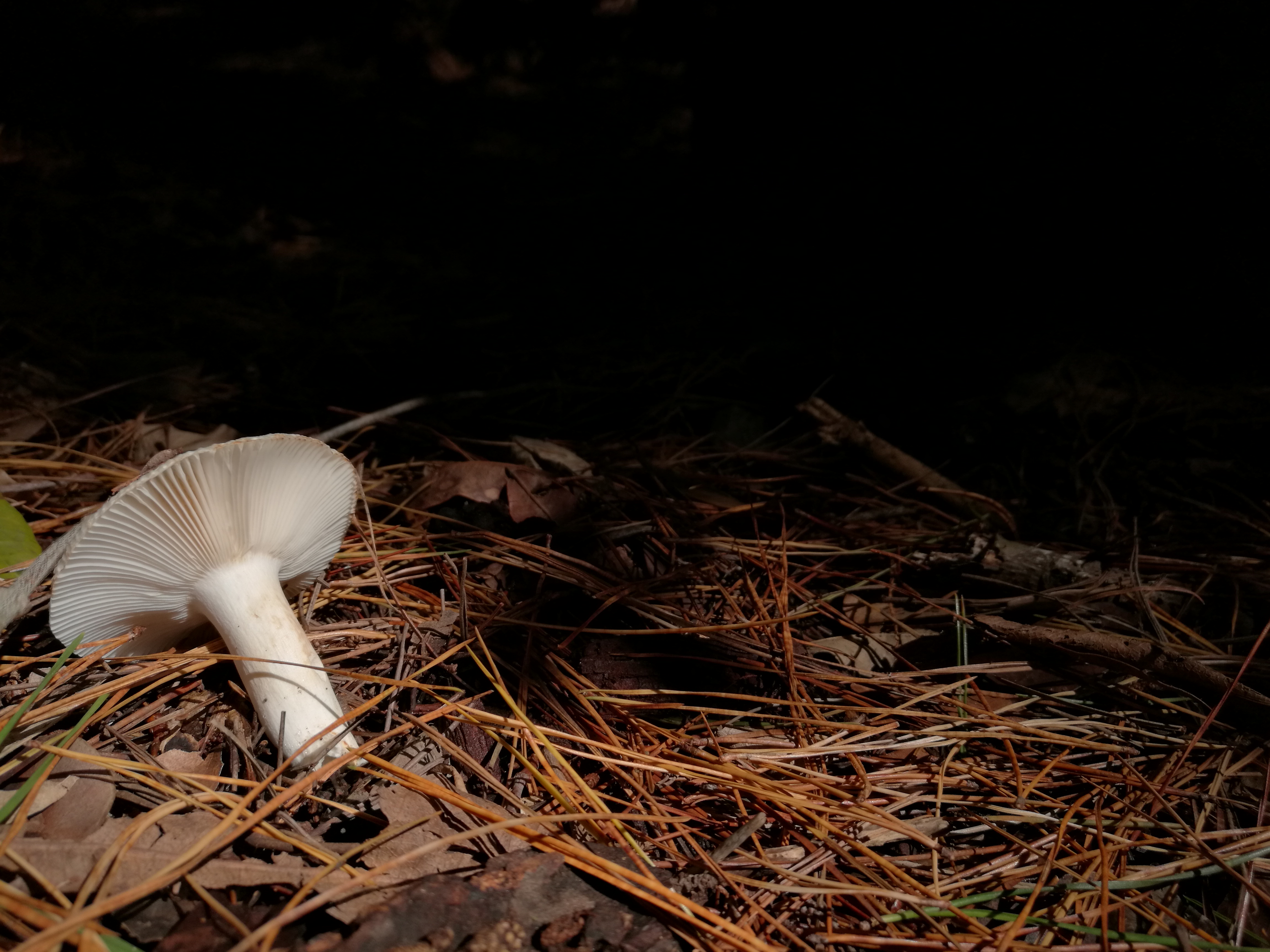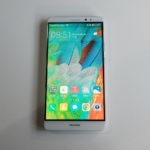Side hustles are no longer optional in South Africa. With food inflation still above 8 percent and electricity, transport and mobile data costs climbing…
Huawei Mate 8 conversational review: a fat, phat phablet

Review by Hadlee Simons with additional words by Andy Walker.
We really liked the Huawei Mate 7, offering a massive battery, solid performance and that slick fingerprint scanner.
The Huawei Mate S, on the other hand, felt like a bad compromise between the Mate range and the premium P series — essentially being a bigger P8 with none of the Mate line’s battery benefits.
So then, we were glad to see the Huawei Mate 8 launched earlier this year, being a proper follow-up to the polished Mate 7. Is it a worthy successor though? Well, Gearburn stalwarts Andy Walker and Hadlee Simons recent took hold of the phone for a few weeks. Here are their thoughts.
Design and aesthetic

Hadlee Simons: I don’t usually care if a phone’s body is metal or plastic, but the Mate 8’s physique pleases me. The smooth metal back and that rear-mounted fingerprint scanner makes for quite a pleasant combination. In saying so, the huge 6.0-inch size is a double-edged sword. It allows for a larger phone and therefore a large battery (more on that in a bit) but on the other hand, it’s just ungainly and somewhat awkward to hold properly.
Related: Huawei Mate S review: touch made irrelevant
Andy Walker: Not much has changed aesthetically from the Mate 7, but the phone does feel a bit sleeker. Thanks to the tapered back, the Huawei Mate 8 is also easier to hold unlike its older brother. Annoying Huawei issues persist though, including buttons that are way too easy to press by accident, while the fingerprint reader is quite a stretch for people with small hands. But the positives largely outweigh the negatives — the phone looks great.
Specifications
Hadlee: Before LG, HTC, Samsung and Xiaomi revealed their flagships this year, the Huawei Mate 8 wore the fastest smartphone crown. Owing to its in-house Kirin 950 chipset and (to a lesser extent) the 3GB of RAM, the Mate 8 was easily the most powerful Huawei handset ever at the time.

But the smartphone world moves at a frenetic pace and the Huawei P9, along with other rivals, are definitely now more powerful on paper. But, as I found out in real-world performance, the power gap isn’t huge and the Mate 8 definitely delivers.
Otherwise, the 6.0-inch Full HD screen is bright and vivid, but it would’ve been lovely to see a 2560×1440 panel here. Anyway, the Mate 8’s specs are definitely near the top of the flagship pile.
Key numbers:
Dimensions: 157.1mm x 80.6mm x 7.9mm
Weight: 185g
SIM Type: nano SIM
Display: 6.0-inch, 1920×1080, 368ppi
Chipset: HiSilicon Kirin 950 octa-core SoC | quad-core ARM Cortex-A72 2.3GHz & quad-core ARM Cortex-A53 1.8GHz | ARM Mali T880 MP4 GPU | 4GB RAM
Storage: 64GB, microSD card expansion (uses second SIM slot)
Imaging: Rear: 16MP f/2.0 aperture with phase-detection autofocus, OIS, dual-LED flash | Front: 8MP, f/2.4 aperture
Video: 1080p at 60fps, 720p at 120fps
Battery: 4000Ah fixed
Cool features: Fingerprint reader, NFC
OS: Android 6.0.1 Marshmallow with Emotion UI 4.0 skin
Andy: Huawei resisted loading the Mate 8 with needless power and instead focused on battery life and slick multitasking. There’s 3GB of RAM — which you almost never use all of — while the HiSilicon Kirin 950, as Hadlee alluded to, is perfect for jumping between apps.
The big feature on the Mate 8 (pun perhaps intended) is its huge 6.0-inch screen. 1920×1080 pixels are few for such a large screen, but this does mean less power is being used to power the pixels. Still, you look at the price, and back at the specs sheet, and you can’t help but Huawei played this one a bit safe. In other words, it’s not much of a step up from the Huawei Mate 7.
Software, UI and UX
Andy: You can’t say many nice things about Huawei’s software. The company has taken Android and ruined it, placing that god-awful Emotion UI (EMUI) skin over the top. Huawei might’ve left the “must emulate Apple” philosophy behind in terms of design, but it’s still well and truly alive in its software.
The settings shade is worse than stock Android, while the settings page is a mess. And there probably won’t ever be an app tray either. But this is true with most Huawei devices though — it plagues, but also extends, beyond the Mate 8.

Speaking of the apps though, the usual swathe of Huawei wares are present, including a calendar, calculator and its rather spiffy theme-changing suite. I’ve always loved the company’s lock wallpaper cycler too, and that’s included on the Huawei Mate 8 as well.
Hadlee: The EMUI gets a lot of hate, and sometimes deservedly so, being somewhat comparable to Samsung’s TouchWiz in my book. I do however get the impression that Huawei is approaching the Samsung Galaxy S5-stage of software development, in that it realised that throwing everything into the previous model (such as the variety of knuckle/fingerprint stuff) isn’t necessarily a good thing.
Related: Huawei Ascend Mate 7 review: beautifully balanced
There’s quite a bit to like about it anyway, such as the ability to blacklist specific apps from using your mobile data, the efficient use of RAM (as Andy said) and the comprehensive battery manager.
Still, there’s definitely room for improvement, such as far more themes (or a proper theme store) and the addition of an app drawer (I’m used to it by now, but the option would be nice). Overall, I’d say this and Xiaomi’s MiUI are the easiest introductions to Android if you’re coming from iOS.
Performance
![]()
Hadlee: The Huawei Mate 8 is the first major phone to use ARM’s new Cortex A72 cores as well as 3GB or 4GB of RAM, depending on model. The result is a phone that pretty much chewed through everything I tossed at it. I ran the likes of Pac Man 256, Chameleon Run, Horizon Chase and Sonic Dash 2, and all ran very smoothly. Sonic Dash 2 had some minor slowdown, but the game has always been dodgy regardless of device.
Of course, this can partly be attributed to the Full HD screen as well (less pixels to push), but on the whole, performance was nippy. There was one downside though: camera performance was rather tardy when recording footage of friends skating. No doubt a result of recording, stopping and then repeating the process, but I definitely noticed that the recently-reviewed Samsung Galaxy S7 Edge was speedier in this department.
Andy: Performance is fleet-footed for this unwieldy behemoth. It’s swift across the ground even if it weighs half-a-ton, and you’ll be able to watch your Game of Thrones reruns at HD (probably beyond), and play the odd game of Crossy Road. But this phone wasn’t designed to be a pocket gaming rig or number-crunching supercomputer. What it does do well is multitask. The ARM Cortex A72 cores do a wonderful job of keeping the phone both frugal and cool during demanding use cases.
Camera
Andy: It’s definitely better than the Mate 7, which itself has a stellar camera. The Mate 8 doesn’t have the blockbuster dual-camera cast of the Huawei P9, but I don’t think it’s necessary on the Huawei Mate 8. The phone’s larger purpose (pun definitely intended) is to be a workhorse first and foremost, and the camera — although not an example of the greatest sensor ever made — does an adequate job.
You’ll be able to snap a sunset, penguin on the beach, or swanky interior of a boutique hotel without hassle.
Hadlee, want to go through the technicals in more detail?
Hadlee: Sure, why not… The Mate 8 drops a rather good 16MP f/2.0 main camera on us, and the resolution means that it often sparred with the 12MP-toting Galaxy S7 Edge in the detail stakes, beating it half the time. The S7 Edge handily beats it at night though, but the Huawei Mate 8’s low-light credentials are good nonetheless (Huawei’s fun light painting modes are in full effect here).
Compared to the Samsung Galaxy S7 Edge, I didn’t find myself needing to use HDR mode often at all, as the standard shots had good dynamic range anyway.


An HDR shot of Table Mountain and Devil's Peak.

Macro shots are mostly a strong point for the Mate 8.

It doesn't pack a ton of detail, but you can definitely do a bit of Instagram cropping.

The front-facing camera delivers in good light.

We used the Mate 8 in a pinch for our Gear VR review.

Have a water shot.

Spot the creepy crawly here. It doesn't pack a ton of detail, but what's here is mostly good.

A fungi HDR shot.

Colours can be vivid, but they're reproduced well enough anyway.

Have a silky water effect.
Huawei Mate 8 Featured

Huawei Mate 8 Back 800

Huawei Mate 8 Sideways

Huawei Mate 8 Ui

Huawei Mate 8 Rear Close

Huawei Mate 8 Front

Kirin Chip 800

Huawei Mate 8 Back Featured

Huawei Mate 8 Profile Featured

Huawei Mate 8 Emui

Hisilicon Kirin 950 Chip
Huawei Mate 8 Browser

Huawei Mate 8 Rear

Note: View full-sized sample photos here.
As for video recording, the Mate 8 delivers more accurate colour reproduction at times, but lacks the smooth video output of Samsung’s models. Optical image stabilisation works fine, but I noticed some frame judder and noise in many clips I filmed. In terms of video features, the device delivers 1080p at 60fps and 120fps video, but the lack of 4K and 240fps video is disappointing.
As for selfies, the Mate 8 does a good job, owing to its 8MP front-facing shooter, but you’ll definitely notice a lack of detail when zooming in. A wide-angle lens would’ve been a lovely bonus too. But as it is, the selfie shooter will do the business.
Battery life
Hadlee: I have nothing but good things to say about the battery. At 4000mAh, you’ll get two days of good usage at the very least. I did an eight-hour road trip from Cape Town to Knysna last month, taking a few photos on the way there, but leaving the phone on standby otherwise. Following about a dozen photos in the evening, leaving the phone off charge overnight and about an hour’s worth of snaps in the morning, the phone still had roughly 80% juice before we headed to the town proper for the day.

From here, I used the phone to occasionally surf the web, browsed and uploaded shots to Instagram and took loads of photos on a sunset cruise, still having 40 to 50% juice when I got back in the evening. All this was done with 100% brightness and with a cellular connection enabled. Not bad, not bad at all.
Andy: Definitely not bad. In fact, it’s easily the phone’s best feature.
Running our Geekbench 3 battery benchmark, the phone drained 50% of its battery in about 7h30 minutes. Other phones’ batteries while running the benchmark are depleted within the same time period. Yes, it has a 4000mAh battery (incidentally 100mAh less than the Mate 7), which is larger than most powerbanks, but it’s the way the phone manages its usage. It’s astonishing.
You’ll regularly get over a day and a half with this phone, and dare I say it, it could possibly rival Sony’s legendary battery life.
The Verdict
Andy: While the Mate 8 takes the age-old phablet formula and improves on it, I only notice slight improvements here and there. For the price and the price differential, I’d still have the cheaper but no-less-impressive Huawei Mate 7. It’s relatively quick, has a slightly larger battery and more than adequate camera. It’s also around R4000 cheaper right now.

The Mate 8 is a clear example of manufacturers running into the mobile innovation wall. There aren’t too many things to improve in modern devices, to the extent that upgrading makes no real logical sense (apart from keeping up with the Joneses).
Still, if you’re purchasing your first phablet, can live with the shitty UX, and have R12k in your back pocket, the Huawei Mate 8 is by no means a bad move.
Andy’s Score: 7.5/10
Hadlee: The Huawei Mate 8 lives up to the Mate 7 in almost all the key areas, delivering an impressive battery life, brisk performance and a great (but not quite top-flight) camera experience.
In saying so, the biggest problems with the Mate 8 boil down to the size and price. A 5.7-inch Mate 8 would’ve been a tad smaller and more comfortable to hold, while the R11 999 price tag means that the P9 Plus and other rivals are within striking distance.
If battery life is important to you above all else, then the Mate 8 is a no-brainer – the speediness and good camera are just two welcome bonuses. Got money to burn and want a phablet that excels in all areas? Then you’ll want to check out the S7 Edge instead.
Hadlee’s Score: 8/10
Combined Score: 7.75/10























